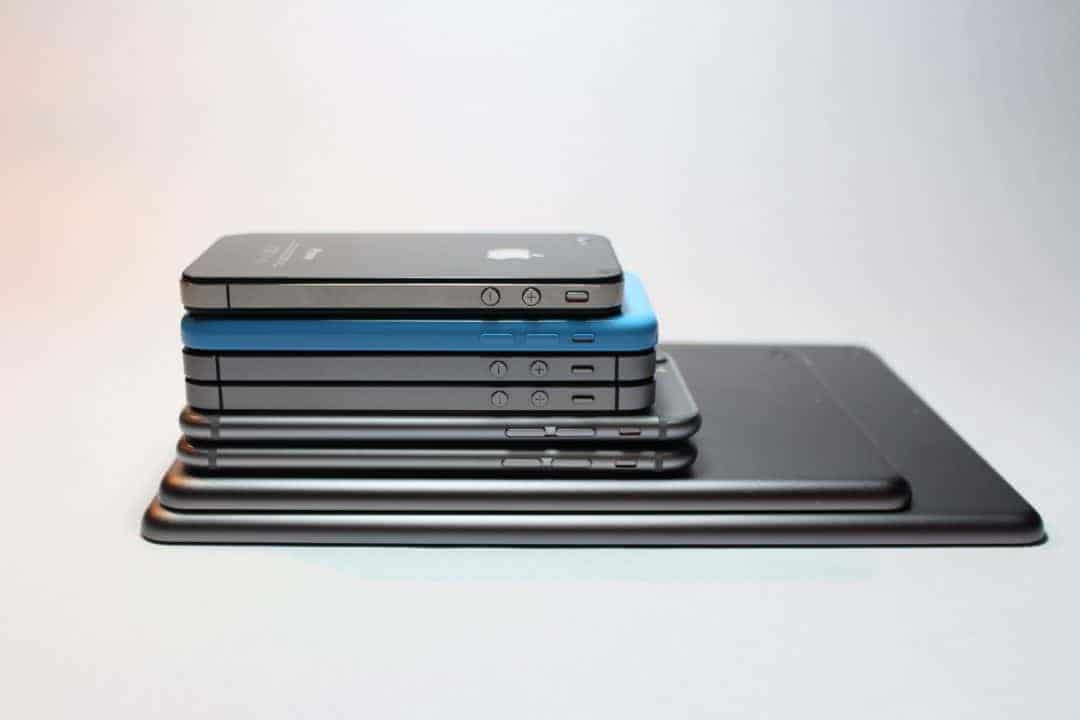The mobile app industry, which consists of millions of app developers and is one of the biggest industries on this planet, will turn 10 in 2018. Mobile apps were initially created to aid productivity and information retrieval. Driven by the demands of billions of smartphone users and the availability of better app developer tools, they are now made for communication and entertainment too.
The total number of mobile app downloads in 2017 was 197 billion. Apps are usually downloaded or bought from app stores, such as the Apple iOS App Store, Google Play store and Amazon App Store. As of the first quarter of 2018, the number of Android apps available for download were 3.8 million. Apple’s App Store had 2 million available apps.
Standard Fare
All figures, except the number of apps available for download, are favourable to you. Such prolific app development means that you have stiff competition. You have to create apps that satisfy user needs better than anyone else.
Unique experience: Your app should offer something of value that doesn’t or can’t exist anywhere else.
Ease of use: People uninstall apps regularly because they crash or freeze, become slow, or because they were difficult to use. Make sure that your app has minimum, easy-to-understand field entries and its buttons can be easily selected by fingers, without limiting functionality.
Simplicity: Align your app’s features with user requirements. Don’t add vanity features or garish colours that distract users or complicate tasks. Almost all popular apps use one colour and its various shades.
Personalisation: Users expect more personalised experiences on mobile apps. You can personalise your app using the user’s location, demographics, preferences, etc. For example, a shopping app should be able to save at least basic information rather than have the users type those in each time they use the app. It should personalise content based on search and purchase history.
Consistency: Many users are device-agnostic; they change them quite frequently. Your app should be able to perform consistently across devices and offer user interfaces that adapt to different screens.
Security: Most users know how revealing their mobile data can be and consider privacy and security as critical factors in downloading and using apps. Your apps should not feel intrusive.
Items for User Delight
It is human nature to look for something extra in whatever they get. App design should be such that apps deliver delightful surprises that make users want to use them constantly.
Welcome and farewell: Your app should facilitate easy onboarding, meaning users should be able to learn it fast. Equally important is easy offboarding, by which users who are uninstalling your app should be bidden farewell nicely so that they are motivated to use it again.
Gestures: With the advancement in sensory smartphones, more actions have been introduced apart from simple tapping. Try to incorporate category-appropriate, yet innovative gestures in your app to make the user experience more real and fast.
Animations: Add relevant animations, visual effects, and zooming to enhance interaction. They make understanding the app and its advantages easy and fun.
AR and VR: If possible, build augmented reality (AR) and virtual reality (VR) apps. If not, add at least some AR or VR elements to your app because they improve user experience.
Expanded functionality: If your app adds more functionality to everyday things, just like you see in applications with fuzzy logic or smartwatches, it would be greatly appreciated.
Security tricks: Ramp up security by adding fingerprint or facial recognition capabilities to your apps.
The mobile app ecosystem is evolving so fast that what was popular yesterday becomes obsolete tomorrow. The only way your apps can remain relevant and popular is by satisfying all the basic user needs and delighting them with great user experience, full of surprises and excitement.
Share this
Subscribe To Our Blog
You May Also Like
These Related Stories

6 Obstacles Hindering Your App Developers’ Initiatives

The Story Behind the Success of the World’s Industry Leading Experts: Apple





